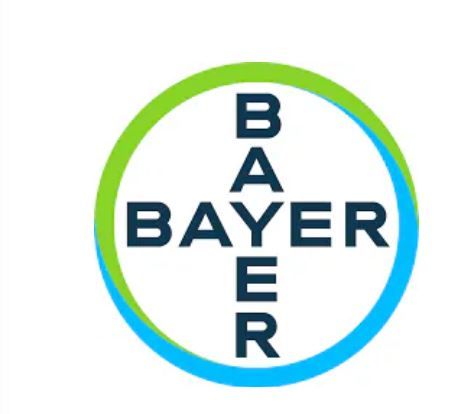Bayer: Phase 2 Trial of Investigational Soluble Guanylate Cyclase Activator for Chronic Kidney Disease Begins
The sGC activator represents a novel approach to modulating the nitric oxide-soluble sGC-cyclic guanosine monophosphate pathway.

Bayer announced today the start of a phase 2 clinical trial with its investigational soluble guanylate cyclase (sGC) activator in patients with chronic kidney disease (CKD).
The randomized, double-blind, placebo-controlled, multicenter ALPINE-1 study aims to examine the safety and efficacy of the sGC activator in persons with CKD. BAY3283142 represents a novel approach to modulating the nitric oxide-soluble sGC-cyclic guanosine monophosphate pathway, with a broad treatment potential in cardiovascular diseases (CVD), according to the company’s press release. ALPINE-1 follows the company’s successful first-in-human trials, Bayer said.
CKD is a common yet widely underrecognized condition that progresses quietly and unpredictably, Bayer said in the release. It is also an independent risk factor for CVD and a frequent complication of diabetes, according to the press statement.
"The change in demography tells us that we are living longer in the future, and people want to spend this time in good health, with healthy kidneys," study cochair Christoph Wanner, MD, senior professor of medicine, Department of Clinical Studies and Epidemiology, University Hospital of Würzburg, said in a press release. "The prevalence of chronic kidney disease (CKD) as one of the top 10 leading causes of mortality underscores the pressing need for effective treatment options. The evaluation of the sGC activator in patients with CKD holds promise in addressing a critical unmet medical need in patient care."
Reference: Bayer initiates Phase II study of soluble guanylate cyclase activator (BAY3283142) in patients with chronic kidney disease. News item. Bayer. August 22, 2024. Accessed August 22, 2024. https://www.bayer.com/en/us/news-stories/guanylate-cyclase-activator